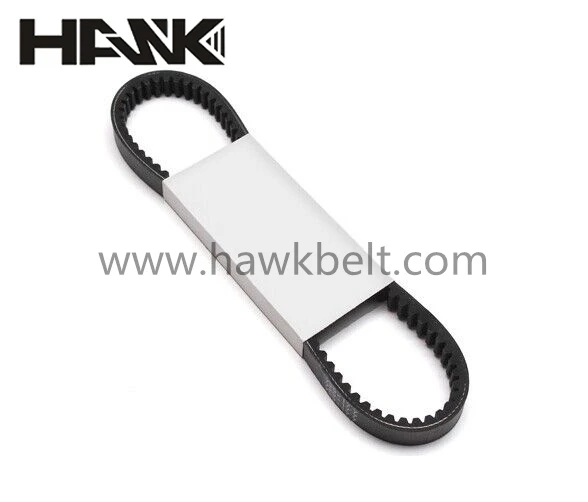- Arabic
- French
- Russian
- Spanish
- Portuguese
- Turkish
- Armenian
- English
- Albanian
- Amharic
- Azerbaijani
- Basque
- Belarusian
- Bengali
- Bosnian
- Bulgarian
- Catalan
- Cebuano
- Corsican
- Croatian
- Czech
- Danish
- Dutch
- Afrikaans
- Esperanto
- Estonian
- Finnish
- Frisian
- Galician
- Georgian
- German
- Greek
- Gujarati
- Haitian Creole
- hausa
- hawaiian
- Hebrew
- Hindi
- Miao
- Hungarian
- Icelandic
- igbo
- Indonesian
- irish
- Italian
- Japanese
- Javanese
- Kannada
- kazakh
- Khmer
- Rwandese
- Korean
- Kurdish
- Kyrgyz
- Lao
- Latin
- Latvian
- Lithuanian
- Luxembourgish
- Macedonian
- Malgashi
- Malay
- Malayalam
- Maltese
- Maori
- Marathi
- Mongolian
- Myanmar
- Nepali
- Norwegian
- Norwegian
- Occitan
- Pashto
- Persian
- Polish
- Punjabi
- Romanian
- Samoan
- Scottish Gaelic
- Serbian
- Sesotho
- Shona
- Sindhi
- Sinhala
- Slovak
- Slovenian
- Somali
- Sundanese
- Swahili
- Swedish
- Tagalog
- Tajik
- Tamil
- Tatar
- Telugu
- Thai
- Turkmen
- Ukrainian
- Urdu
- Uighur
- Uzbek
- Vietnamese
- Welsh
- Bantu
- Yiddish
- Yoruba
- Zulu
Aug . 18, 2024 14:16 Back to list
Understanding the Function and Importance of Timing Belt Tensioners in Engine Performance
Understanding Timing Belt Tensioners Importance and Maintenance
The timing belt is a crucial component of an internal combustion engine, responsible for synchronizing the rotation of the crankshaft and camshaft(s). This synchronization ensures that the engine's valves open and close at the right times during each cylinder's intake and exhaust strokes. However, the functionality of the timing belt depends significantly on the timing belt tensioner, a component that maintains the correct tension on the belt, ensuring smooth operation and longevity.
What is a Timing Belt Tensioner?
A timing belt tensioner is a device that keeps the timing belt properly tensioned as it rotates. This component is generally found in both mechanical and hydraulic forms, designed to adjust the tension automatically or manually. Tensioners are essential not only for maintaining the correct tension on the timing belt but also for absorbing vibrations, which can occur due to engine movement and varying load conditions.
Importance of the Timing Belt Tensioner
1. Preventing Slippage If the tensioner fails or becomes worn, the tension on the timing belt can decrease, causing slippage. Slippage can lead to a misalignment between the crankshaft and camshaft, resulting in engine misfires, poor performance, or, in severe cases, catastrophic engine failure.
2. Extending Belt Life A well-functioning tensioner prolongs the life of the timing belt. Consistent tension ensures that the belt does not wear unevenly, reducing the risk of premature cracks or breaks.
3. Minimizing Noise and Vibration In addition to maintaining proper tension, the tensioner also dampens vibrations. This helps reduce noise levels and improves the overall smoothness of engine operation.
Signs of a Failing Timing Belt Tensioner
timing belt tensioner

Regular inspection and maintenance of the timing belt tensioner are vital for the health of your engine. Here are some signs that may indicate a failing tensioner
- Unusual Noise If you hear a squeaking or rumbling noise coming from the engine, it may be a sign that the tensioner is not functioning properly, leading to belt slippage or wear. - Engine Misalignment A noticeable drop in engine performance or odd behavior during acceleration could indicate a timing belt that is no longer held in the correct position due to tensioner failure.
- Visible Wear If you are inspecting the timing belt and notice signs of wear, such as cracking or fraying, the tensioner may have contributed to the issue through improper tension.
Maintenance and Replacement
To ensure the longevity and efficiency of the timing belt tensioner, regular maintenance is crucial. Here are a few maintenance tips
1. Regular Inspections Schedule regular inspections of the timing belt and tensioner according to your vehicle manufacturer’s recommendations. Check for signs of wear on both components.
2. Replace as Recommended Timing belts are typically replaced every 60,000 to 100,000 miles, depending on the vehicle. It is wise to replace the tensioner at the same time as the timing belt to ensure optimal performance.
3. Listen and Feel Pay attention to any changes in engine sound or feel. Catching issues early can prevent more significant problems down the road.
In summary, the timing belt tensioner is a critical component that plays a pivotal role in ensuring the smooth operation of an engine. Maintaining the tensioner through regular inspections and timely replacements can save vehicle owners time, money, and prevent potential engine failure. Taking these proactive steps contributes to the overall reliability and efficiency of your vehicle.
-
Upgrade Power Steering Pump Belt for Smooth, Quiet Operation
NewsAug.27,2025
-
Precision Timing Belt & Chain: Engine Performance & Durability
NewsAug.26,2025
-
Precision Lathe Drive Belts: Durable & Reliable Performance
NewsAug.25,2025
-
84.5 Serpentine Belt: Durable & Precision Fit for Your Engine
NewsAug.24,2025
-
Premium Ribbed Drive Belts for Quiet Power Transmission
NewsAug.23,2025
-
High-Performance Vehicle Timing Belt for Engine Precision
NewsAug.22,2025

